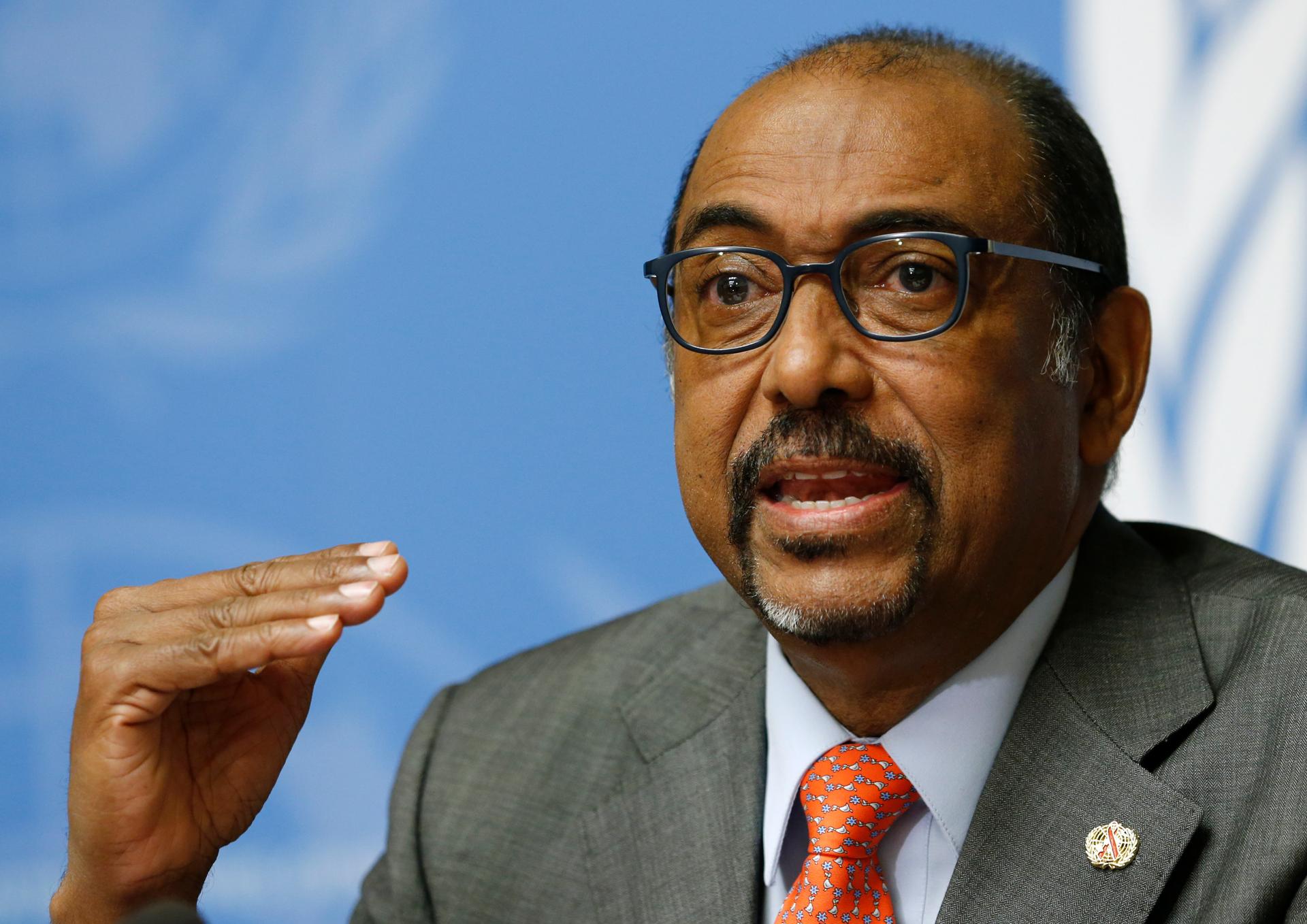Women and girls are a new frontier in the fight against HIV
UNAIDS director Michel Sidibé celebrated successes against the HIV epidemic but stressed the challenges faced by young women.
At the ninth annual conference on HIV science, happening in Paris right now, there's a lot to celebrate.
AIDS used to be one of the top 10 causes of death worldwide — no more. A report by the Joint United Nations Programme on HIV/Aids (UNAIDS) shows that deaths have fallen from 1.9 million in 2005 to 1 million last year. And that's not all: For the first time ever, there are more people receiving treatment than people who are not.
"Today, we are saying to the world that we have almost 70 percent of people who are in need of treatment in treatment," UNAIDS director Michel Sidibé says.
Another great success? The ability to break the cycle of transmission from mother to child. "In countries like South Africa, we used to have 70,000 babies born every year with HIV. Today, we have less than 3,000 — 95 percent of HIV women [are] on antiretroviral treatment. We completely broke the trajectory of this epidemic."
But for women across the world, the news is still grim. Women, especially girls, are disproportionately affected by the disease. The numbers are staggering: Today, women are twice as likely to acquire HIV. In sub-Saharan Africa, 3 in 4 infections in teenagers are found in girls.
"We're on track on many fronts, but we're offtrack when it comes to girls and women," Sidibé says.
So, what needs to change? Do the existing programs just not target women enough? Sidibé says it's time to stop tackling HIV and AIDS as an isolated problem. Instead, the fight against the epidemic needs to tackle the larger gender issues at play: violence against women, keeping young girls in school, and the economic hardships that often push girls to drop out and dive into dangerous relationships.
Sidibé stressed sex education needs to include "building life skills that will be able to allow you to negotiate. To be able to say, 'No. I will not have sex with you.'"
But any successful program to assist women has to focus on men, as well. The research suggests men are not wearing condoms and are not aware of their infection — often leading to transmission to young women. This is confirmed by the fact that the mortality rate from HIV is increasing among men: They don't know their own positive status.
Still, Sidibé says, "we are winning. Deaths — the mortality rate has been halved. That is amazing. No one would have believed that could have happened a few years ago."
All this news comes at an interesting time here in the US. Just a few weeks ago, six members of the Presidential Advisory Council on HIV/AIDS angrily resigned, saying President Donald Trump simply does not care about the issue. Sidibé avoided speaking about President Trump directly, instead stressing that he feels everyday Americans do care, and very much.
"Citizens of the US, they continue to strongly believe they have a role to play," Sidibé says.
We’d love to hear your thoughts on The World. Please take our 5-min. survey.
